Dealing with shedding in dogs is a common challenge for pet owners, especially when it comes to double-coated breeds. While shedding is a natural process, there are effective strategies for reducing shedding in double-coated breeds that can help maintain your dog’s coat health and keep your home cleaner. This guide provides comprehensive insights into understanding and managing shedding, ensuring both you and your furry friend are happier and more comfortable.
Understanding Double-Coated Breeds
Understanding the unique characteristics of double-coated breeds is the first step in effectively managing their shedding. Double-coated dogs have two layers of fur: a topcoat, which is often longer and coarser, and an undercoat, which is softer and denser. This dual-layer serves several purposes, including temperature regulation and protection from the elements.
Characteristics of Double-Coated Breeds
- Topcoat and Undercoat: The topcoat repels dirt and moisture while the undercoat provides insulation. During warmer months, dogs will shed their undercoat to stay cool, and in colder months, they grow it back for warmth.
- Shedding Cycle: Double-coated breeds typically go through a bi-annual shedding cycle. The most significant shedding occurs in spring and fall, aligning with changes in temperature and daylight hours.
- Breed Examples: Popular double-coated breeds include Siberian Huskies, Golden Retrievers, German Shepherds, and Samoyeds. Each breed may have slightly different grooming needs based on coat characteristics.
Natural Shedding Process
- Seasonal Shedding: It’s natural for double-coated dogs to shed seasonally. This process is often influenced by hormonal changes related to daylight and temperature variations.
- Impact on Indoor Living: While seasonal shedding is normal, indoor living conditions can alter this cycle. Artificial lighting and controlled temperatures may lead to more consistent shedding throughout the year.
The Role of Nutrition in Coat Health
Nutrition plays a pivotal role in the health of a dog’s coat, especially for double-coated breeds. A well-balanced diet not only supports overall health but also directly impacts the quality of both the topcoat and undercoat, influencing the shedding process.
Impact of Diet on Coat Health
- Essential Nutrients: Key nutrients that contribute to a healthy coat include proteins, omega-3 and omega-6 fatty acids, vitamins, and minerals. Proteins are the building blocks of hair, while fatty acids help keep the coat shiny and skin healthy.
- Quality of Food: The quality of the dog food can significantly affect coat health. High-quality, meat-based foods typically provide a more balanced nutrient profile for coat health compared to lower-quality options.
- Hydration: Adequate water intake is also crucial for maintaining a healthy coat. Dehydration can lead to dry skin and a dull coat, which may exacerbate shedding.
Beneficial Supplements
- Omega Fatty Acid Supplements: Supplements like fish oil can be beneficial for dogs, providing essential fatty acids that they might not get enough of in their regular diet.
- Biotin and Vitamin Supplements: Biotin and vitamin E and A supplements can also support coat health. However, it’s important to consult with a veterinarian before adding any supplements to your dog’s diet to ensure they’re necessary and given in the correct dosage.
Avoiding Allergens and Sensitivities
- Identifying Sensitivities: Some dogs may have allergies or sensitivities to certain ingredients in their food, which can affect their skin and coat health. Common allergens include certain proteins, grains, and artificial additives.
- Hypoallergenic Diets: For dogs with known food sensitivities, hypoallergenic diets or limited-ingredient diets may be recommended to improve coat health and reduce shedding related to allergies.
Consistency in Diet
- Stable Feeding Routine: Consistency in what and when you feed your dog can help maintain their coat’s health. Sudden changes in diet can cause stress on the body, affecting the skin and coat.
- Regular Monitoring: Regularly monitor your dog’s coat condition. Changes in coat quality can be an early indicator of dietary imbalances or health issues.
A nutritious diet tailored to your dog’s specific needs is foundational in managing shedding in double-coated breeds. By focusing on high-quality ingredients and the right balance of essential nutrients, you can help maintain a healthy, resilient coat and potentially reduce excessive shedding.
Grooming Techniques for Double-Coated Dogs
Proper grooming is essential for managing shedding in double-coated breeds. It not only helps remove loose fur but also stimulates the skin and distributes natural oils throughout the coat. Here are effective grooming techniques specifically suited for double-coated dogs.
Regular Brushing
- Frequency of Brushing: Brushing should be a regular part of your dog’s grooming routine, especially during peak shedding seasons. Ideally, double-coated breeds should be brushed several times a week.
- Types of Brushes and Tools: Use tools designed for double coats, like an undercoat rake, a slicker brush, or a de-shedding tool. These tools reach deep into the undercoat to remove loose fur without damaging the topcoat.
- Technique: Brush in the direction of hair growth to avoid discomfort. Pay special attention to areas prone to matting, such as behind the ears, under the legs, and around the collar.
Dealing with Mats and Tangles
- Preventing Mats: Regular brushing helps prevent matting. However, if mats do form, use a mat splitter or detangling spray to gently work them out.
- Avoid Cutting Mats Out: Avoid cutting mats out unless absolutely necessary, as this can leave uneven spots in the coat. If you can’t remove a mat, seek professional grooming assistance.
Bathing and Coat Care
- Bathing Frequency: Over-bathing can strip natural oils from the coat, leading to dry skin and increased shedding. Bathe double-coated dogs only when necessary, typically every few months unless they get particularly dirty.
- Choosing the Right Shampoo: Use a mild, dog-specific shampoo that won’t irritate the skin or damage the coat. Oatmeal-based or moisturizing shampoos are often good choices for double-coated breeds.
Blow-Drying After Bathing
- Proper Drying: After bathing, thoroughly dry your dog’s coat using a blow dryer set on a cool or low-heat setting. This helps prevent matting and removes a significant amount of loose fur.
- Brushing While Drying: Brush the coat while drying to straighten the fur and remove any additional loose undercoat.
Seasonal Considerations
- Spring and Fall Grooming: During the shedding seasons in spring and fall, increase the frequency of grooming sessions. This is when your dog will shed their undercoat, and regular grooming can significantly reduce the amount of fur shed around your home.
Incorporating these grooming techniques into your routine can greatly reduce the amount of shedding in double-coated breeds and maintain the health and appearance of their coat. Regular, thorough grooming not only keeps your dog comfortable but also enhances the bond between you and your pet.
Bathing and Skin Care
Proper bathing and skin care are vital for maintaining the health of a double-coated dog’s skin and coat, which in turn can help manage shedding. Here’s how to effectively bathe and care for your double-coated dog’s skin.
Frequency and Timing of Baths
- Bathing Schedule: Over-bathing can strip essential oils from a dog’s skin and coat, leading to dryness and increased shedding. Generally, bathing a double-coated breed every two to three months is sufficient, unless they get particularly dirty or smelly.
- Seasonal Considerations: Consider timing baths with the seasons, especially during the shedding periods in spring and fall. A bath can help loosen and remove the undercoat, reducing overall shedding.
Choosing the Right Products
- Selecting Shampoos and Conditioners: Use high-quality, dog-specific shampoos and conditioners that are gentle on the skin and coat. Products with natural moisturizing ingredients, like oatmeal or aloe vera, can be beneficial.
- Avoiding Harsh Chemicals: Steer clear of products with harsh chemicals or excessive fragrances, which can irritate a dog’s skin and exacerbate shedding problems.
Bathing Technique
- Thorough Wetting: Ensure the water penetrates through the thick double coat. This might require some time and gentle massaging to get down to the skin.
- Gentle Massaging: Apply shampoo in a gentle, circular motion to clean the skin and coat effectively. Be thorough but gentle to avoid causing any skin irritation.
- Rinsing Well: Rinse thoroughly to remove all soap residue. Leftover shampoo can cause skin irritation and dandruff, which can lead to more shedding.
Skin Care Considerations
- Monitoring for Skin Issues: Regularly check your dog’s skin for signs of dryness, flakiness, or irritation. Skin health directly impacts coat health and shedding.
- Diet and Supplements: Remember that skin health is also influenced by diet. Ensure your dog gets essential fatty acids in their diet, which can sometimes be supplemented based on veterinary advice.
Drying Your Dog
- Avoiding Heat: Use a towel or a blow dryer on a cool setting. High heat can be uncomfortable for your dog and can damage their coat.
- Brushing After Bathing: Once your dog is dry, a thorough brushing can help remove any loosened fur, reducing the amount of hair shed around your home.
By following these bathing and skin care tips, you can help maintain your double-coated dog’s skin and coat health, which is a key factor in managing shedding. Regular, proper care ensures your dog not only looks great but also feels comfortable in their skin and fur.
Managing Shedding in the Home

Even with the best grooming and care routines, some shedding in the home is inevitable, especially with double-coated breeds. Here are strategies to effectively manage shedding and keep your home clean.
Regular Vacuuming
- Invest in a Good Vacuum: Consider a vacuum cleaner specifically designed to handle pet hair, which can be more efficient at picking up dog hair from carpets and furniture.
- Frequent Vacuuming: Increase the frequency of vacuuming during shedding seasons. Regular vacuuming helps to keep dog hair from accumulating on floors and in upholstery.
Furniture and Bedding
- Use Furniture Covers: Protect your furniture with washable covers or blankets that can easily be removed and cleaned.
- Designate Dog Beds: Encourage your dog to rest in their own bed or designated areas. This can help contain the shedding to specific locations in your home.
Grooming in Designated Areas
- Outdoor Grooming: Whenever possible, brush your dog outdoors to prevent loose hair from settling inside your home.
- Containment Strategies: If outdoor grooming isn’t an option, groom in an easy-to-clean area or lay down a sheet to catch the hair.
Air Filtration and Purifiers
- Air Purifiers: Using an air purifier with a HEPA filter can help capture pet dander and hair circulating in the air, contributing to a cleaner home environment.
- Regular Filter Changes: Regularly replace or clean filters in your home’s HVAC system and air purifiers to maintain their efficiency in trapping pet hair and dander.
Laundry Management
- Washable Items: Opt for machine-washable rugs, throws, and dog beds. Regular washing can help control the amount of hair and pet dander in your home.
- Lint Rollers and Brushes: Keep lint rollers or brushes handy for quick clean-ups on clothing or small areas.
Preventative Measures
- Entryway Mats: Place mats at entryways to reduce the amount of dirt and debris your dog brings into the house, which can contribute to a messier environment.
- Paw Cleaning: Establish a routine of wiping your dog’s paws when they come indoors, especially after grooming sessions.
Managing shedding in the home requires a combination of regular cleaning, strategic grooming, and using the right tools to minimize the impact of pet hair. By implementing these strategies, you can keep your home cleaner and more comfortable, making life with your double-coated breed more enjoyable for everyone.
Professional Grooming and De-shedding Treatments
For owners of double-coated breeds, professional grooming services can be an invaluable resource in managing shedding. These services not only provide thorough grooming but also offer specialized de-shedding treatments that can significantly reduce the amount of hair your dog sheds.
Benefits of Professional Grooming
- Expertise and Experience: Professional groomers are trained to handle different coat types, including double coats. They can effectively remove loose undercoat, mats, and tangles that you might find challenging.
- Appropriate Tools and Techniques: Groomers have access to high-quality tools and products specifically designed for de-shedding and maintaining double coats.
- Health Check: Professional groomers often notice skin issues, lumps, or other health concerns that might not be immediately apparent to the owner.
De-shedding Treatments
- What Are De-shedding Treatments? These are specialized grooming services aimed at reducing excessive shedding. They typically involve a combination of thorough brushing, using specialized tools, and sometimes, specific shampoos and conditioners.
- Frequency of Treatments: The frequency of professional de-shedding treatments depends on the breed, coat condition, and the amount of shedding. Generally, scheduling these treatments seasonally can align with your dog’s natural shedding cycle.
Choosing a Professional Groomer
- Research and Recommendations: Look for a groomer with good reviews and recommendations, especially from other owners of double-coated breeds.
- Discuss Your Dog’s Needs: Have a conversation with the groomer about your dog’s specific coat type and any issues you’ve been facing with shedding. A good groomer will tailor their services to your dog’s needs.
- Observe the Facility: Ensure that the grooming facility is clean, well-maintained, and equipped to handle your dog comfortably and safely.
When to Consider Professional Help
- During Peak Shedding Seasons: Consider professional grooming during your dog’s main shedding seasons to help manage the bulk of the shedding.
- If You Notice Coat Problems: If your dog’s coat becomes unmanageable, shows signs of severe matting, or if you notice skin issues, it’s time to seek professional help.
Professional grooming and de-shedding treatments can significantly ease the burden of managing shedding in double-coated breeds. These services complement your at-home grooming routine, contributing to your dog’s overall coat health and reducing the amount of hair shed in your home.
Conclusion
Effectively managing shedding in double-coated breeds is a blend of understanding their unique coat characteristics, maintaining a consistent grooming routine, and ensuring proper nutrition. While shedding is a natural and inevitable aspect of these breeds, adopting a holistic approach encompassing regular brushing, professional grooming services, and a healthy diet can significantly reduce its impact. This commitment not only enhances the well-being of your furry friend but also strengthens the bond you share, making the journey of caring for a double-coated dog a rewarding and fulfilling experience.

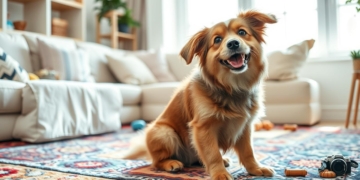
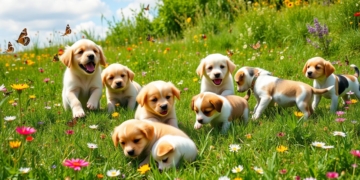

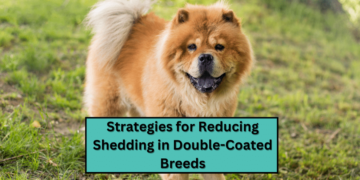
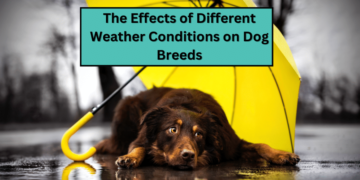
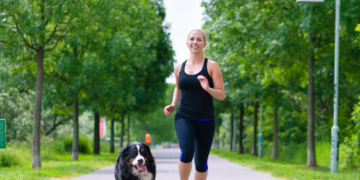
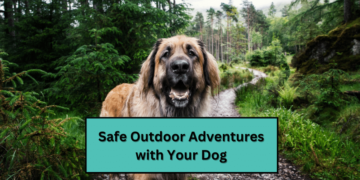
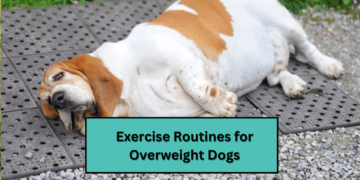

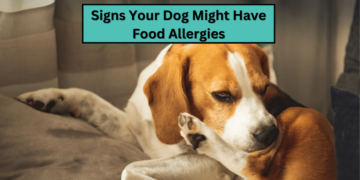

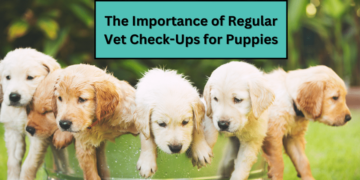
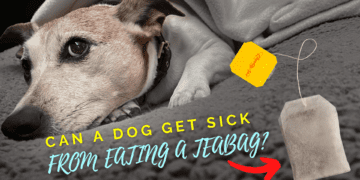
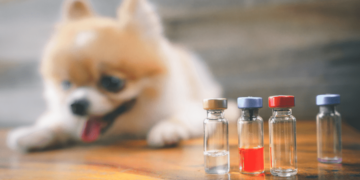
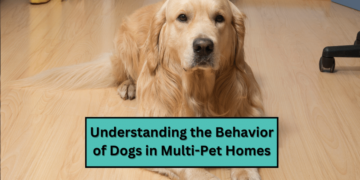
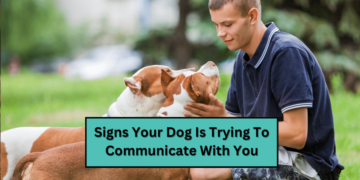
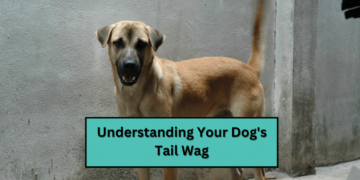
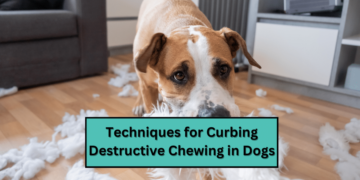
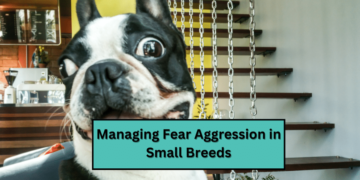
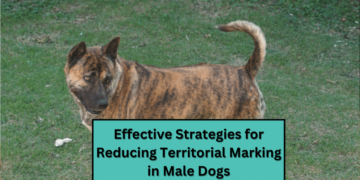
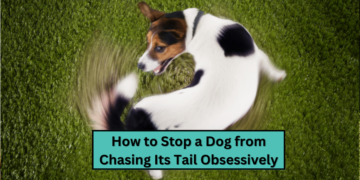
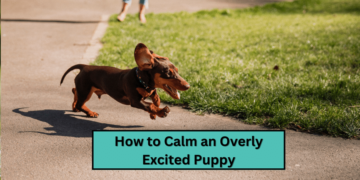
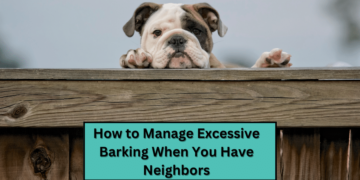


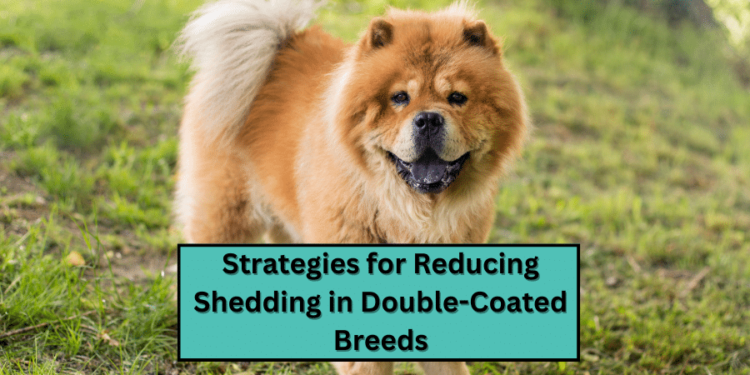
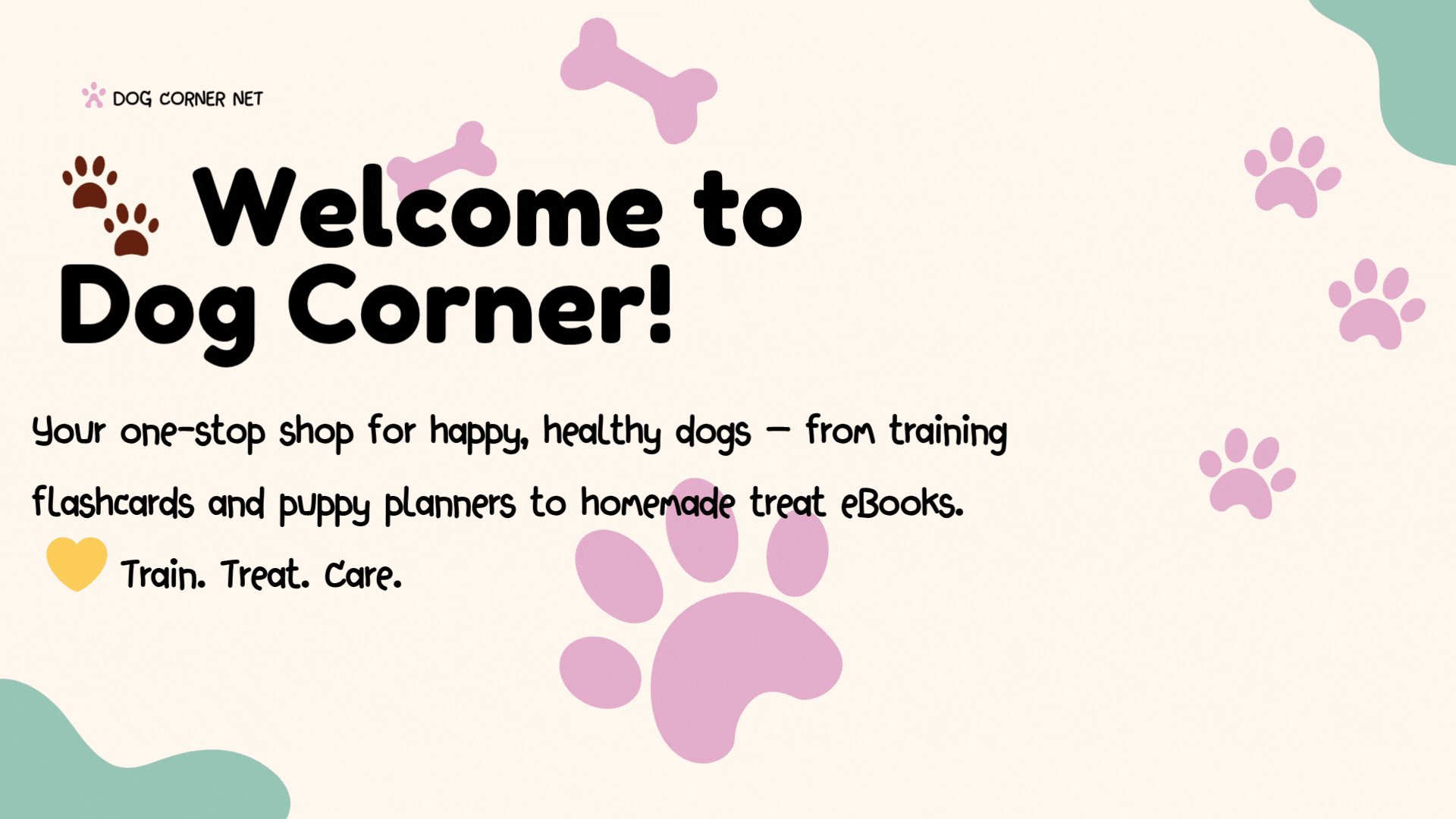
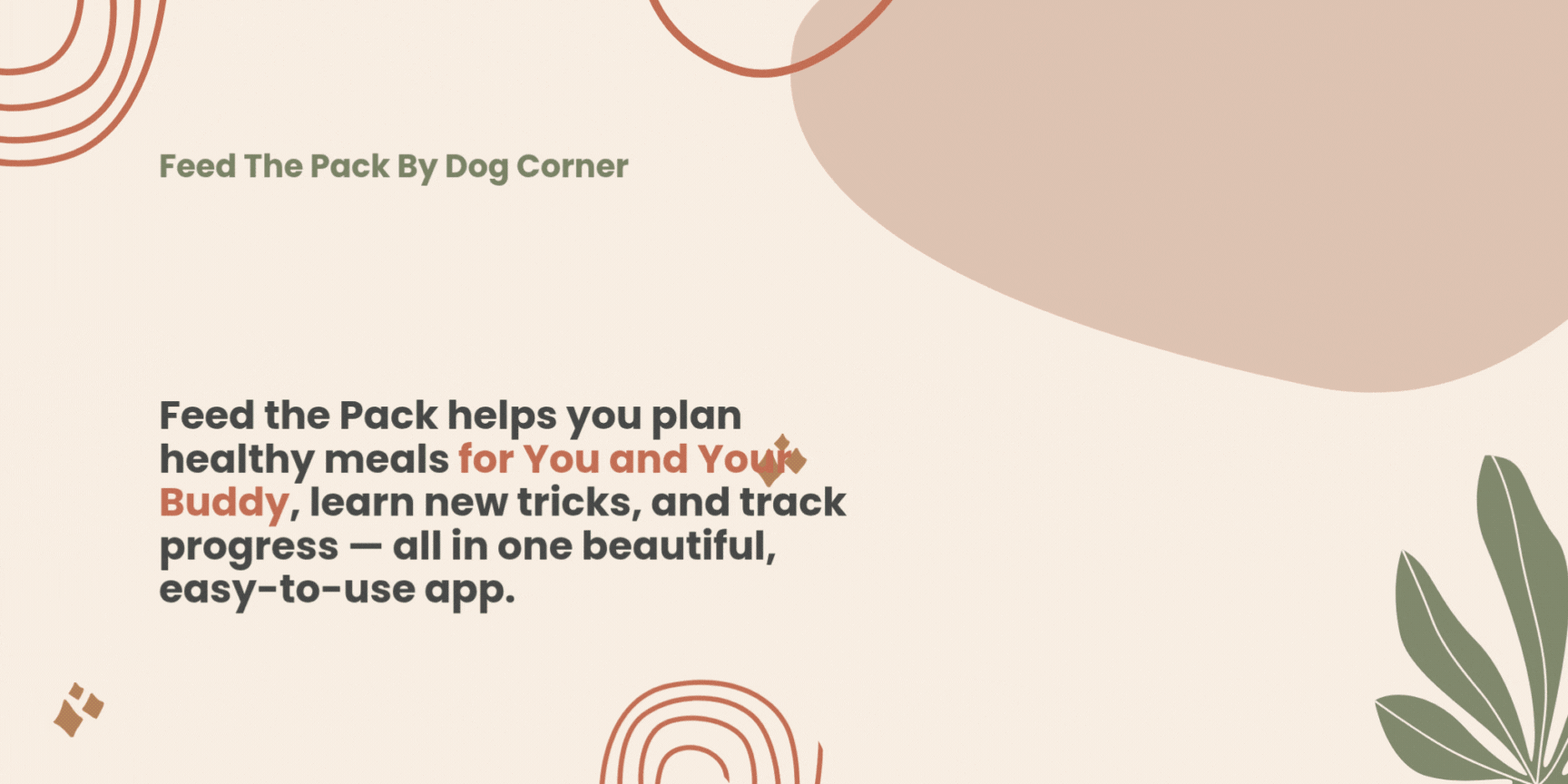




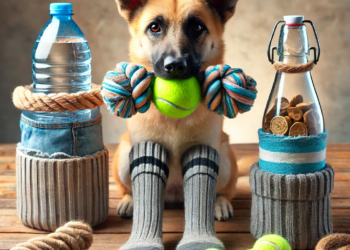
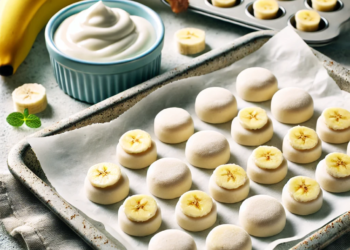

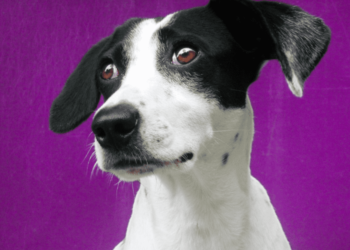











Discussion about this post